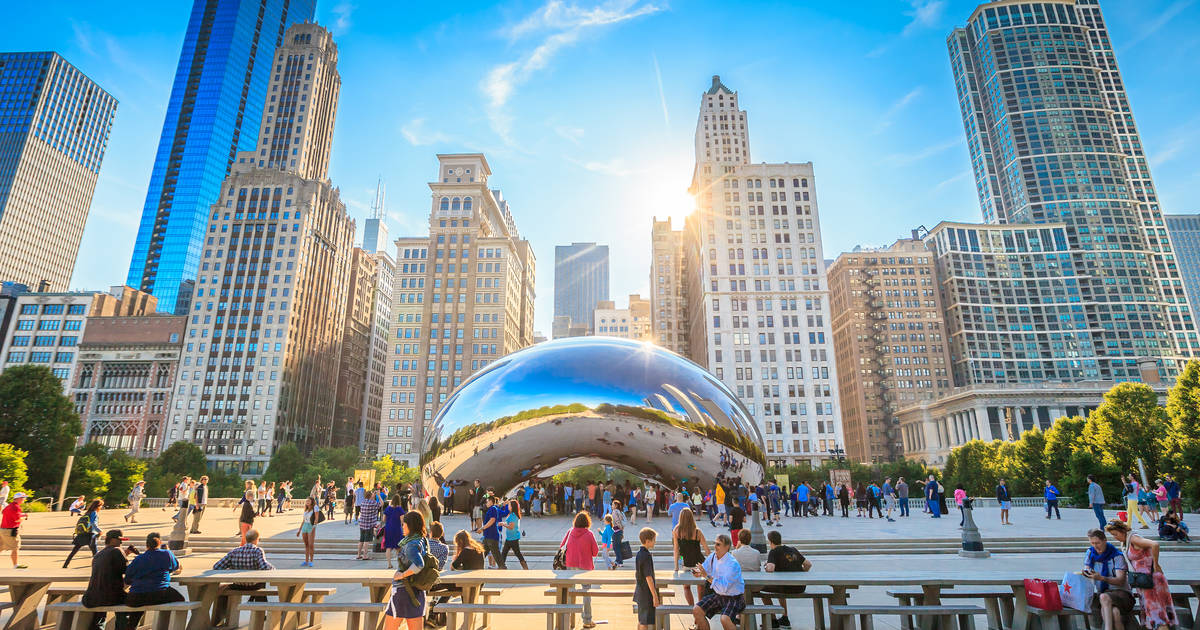Tourist attractiveness is a term that often gets tossed around when discussing travel destinations, but what does it really mean? Why are some places irresistible to travelers, drawing them in from all corners of the globe, while others struggle to attract visitors? In this blog, we will delve into the factors that contribute to the tourist attractiveness of a destination, exploring the elements that make a place truly special and appealing to tourists.
Understanding Tourist Attractiveness
Tourist attractiveness refers to the qualities and features of a destination that make it appealing to travelers. These can include natural beauty, cultural heritage, recreational opportunities, accessibility, and a wide range of amenities and services that cater to the needs and preferences of visitors. A destination’s attractiveness is often the result of a combination of these factors, creating a unique experience that resonates with tourists.
The Role of Natural Beauty
One of the most significant factors contributing to tourist attractiveness is the natural beauty of a destination. Places with stunning landscapes, such as mountains, beaches, forests, and lakes, tend to be popular among travelers who are seeking relaxation, adventure, or a connection with nature.
Scenic Landscapes
Destinations like the Swiss Alps, the beaches of the Maldives, and the Grand Canyon in the United States are prime examples of locations where natural beauty plays a central role in attracting tourists. The breathtaking views, pristine environments, and opportunities for outdoor activities make these places highly desirable for travelers.
Wildlife and Natural Wonders
In addition to landscapes, wildlife and natural wonders also contribute to a destination’s attractiveness. Safaris in Africa, whale watching in Alaska, and exploring the Great Barrier Reef in Australia are experiences that draw tourists eager to witness nature in its purest form.
Cultural Heritage and History
Cultural heritage is another key element of tourist attractiveness. Destinations rich in history, traditions, and cultural landmarks often attract travelers interested in learning about the past and experiencing different cultures.
Historical Landmarks
Cities like Rome, Athens, and Cairo are renowned for their historical landmarks, such as the Colosseum, the Parthenon, and the Pyramids of Giza. These sites offer visitors a glimpse into ancient civilizations, making them must-visit destinations for history enthusiasts.
Cultural Festivals
Cultural festivals and events also play a significant role in enhancing a destination’s attractiveness. Festivals like Rio Carnival in Brazil, Oktoberfest in Germany, and Diwali in India draw large crowds, offering unique experiences that celebrate local traditions and customs.
Recreational Opportunities
The availability of recreational opportunities is a major factor in determining the attractiveness of a destination. Travelers often seek destinations where they can engage in activities that align with their interests, whether it’s adventure sports, shopping, or culinary experiences.
Adventure and Sports
Destinations like New Zealand, known for its extreme sports, or the ski resorts of the French Alps, attract adventure seekers looking for thrills and excitement. These locations offer a variety of activities, such as bungee jumping, skiing, and hiking, making them appealing to those who enjoy an active lifestyle.
Shopping and Dining
For many travelers, shopping and dining are essential aspects of their vacation. Cities like Paris, New York, and Tokyo are famous for their shopping districts and culinary scenes, attracting tourists who want to indulge in retail therapy and sample local cuisine.
Accessibility and Infrastructure
Accessibility and infrastructure are crucial components of tourist attractiveness. A destination that is easy to reach and offers well-developed transportation, accommodation, and services is more likely to attract visitors.
Transportation Networks
Efficient transportation networks, including airports, roads, and public transit systems, play a vital role in making a destination attractive to tourists. Destinations with good connectivity, such as major cities and popular tourist regions, are more accessible and therefore more appealing to travelers.
Accommodation and Amenities
The availability of diverse accommodation options and amenities also contributes to a destination’s attractiveness. From luxury hotels and resorts to budget-friendly hostels and vacation rentals, providing a range of lodging choices ensures that a destination can cater to different types of travelers.
Safety and Security
Safety and security are paramount concerns for travelers, and a destination’s reputation in this regard can significantly impact its attractiveness. Tourists are more likely to visit places where they feel safe and secure, with low crime rates and stable political environments.
Health and Safety Standards
Destinations that prioritize health and safety, including clean water, healthcare facilities, and well-maintained public spaces, are more attractive to tourists. Travelers seek peace of mind knowing that their well-being is taken care of while they explore new places.
Political Stability
Political stability is another important factor. Countries with stable governments and low levels of unrest are more likely to attract tourists, as they offer a safer environment for travel and exploration.
Marketing and Branding

Effective marketing and branding strategies can greatly enhance a destination’s attractiveness. Destinations that successfully promote their unique features and experiences through advertising, social media, and partnerships with travel influencers can capture the attention of potential visitors.
Destination Marketing Campaigns
Many destinations invest heavily in marketing campaigns to boost their appeal. Campaigns that highlight a destination’s attractions, culture, and experiences can create a strong brand image that resonates with travelers and encourages them to visit.
Word of Mouth and Reviews
In today’s digital age, word of mouth and online reviews play a significant role in shaping a destination’s attractiveness. Positive reviews and recommendations from previous visitors can influence potential travelers’ decisions, making a destination more desirable.
Sustainability and Responsible Tourism
As more travelers become aware of the environmental and social impacts of tourism, sustainability and responsible tourism practices are increasingly important in determining a destination’s attractiveness.
Eco-Friendly Practices
Destinations that prioritize sustainability, such as Costa Rica or Bhutan, attract eco-conscious travelers who want to minimize their environmental footprint. Eco-friendly practices, such as conservation efforts, sustainable accommodations, and responsible wildlife tourism, enhance a destination’s appeal.
Community Engagement
Engaging with local communities and promoting responsible tourism practices can also boost a destination’s attractiveness. Travelers are drawn to destinations that support local economies, preserve cultural heritage, and encourage meaningful interactions with local residents.
Unique Experiences
Ultimately, what makes a destination truly attractive is the unique experiences it offers. Travelers are constantly seeking new and memorable experiences that they can’t find anywhere else, whether it’s exploring ancient ruins, tasting exotic cuisine, or witnessing natural wonders.
Authenticity
Authenticity is key to creating unique experiences. Destinations that preserve their cultural heritage, traditions, and way of life are more likely to attract tourists who want to experience something genuine and different from their everyday lives.
Personalization
Personalized experiences also enhance tourist attractiveness. Destinations that offer customized tours, unique activities, and tailor-made itineraries cater to the individual preferences of travelers, making their visit more memorable and enjoyable.
Conclusion
Tourist attractiveness is a complex and multifaceted concept that encompasses a wide range of factors, from natural beauty and cultural heritage to accessibility and safety. By understanding and enhancing these elements, destinations can create compelling and irresistible experiences that draw travelers from around the world. Whether you’re planning your next vacation or looking to promote a travel destination, considering these aspects of tourist attractiveness can help you make informed decisions and create lasting memories.
FAQs
Q1: What are the key factors that contribute to tourist attractiveness?
Key factors include natural beauty, cultural heritage, recreational opportunities, accessibility, safety, and unique experiences.
Q2: How does natural beauty impact a destination’s attractiveness?
Natural beauty, such as scenic landscapes and wildlife, plays a significant role in attracting tourists who seek relaxation, adventure, and connection with nature.
Q3: Why is accessibility important for tourist attractiveness?
Accessibility, including transportation and infrastructure, makes it easier for travelers to reach and explore a destination, enhancing its appeal.
Q4: What role does sustainability play in tourist attractiveness?
Sustainability practices, such as eco-friendly tourism and community engagement, attract eco-conscious travelers and promote responsible tourism.
Q5: How can a destination improve its tourist attractiveness?
Destinations can improve attractiveness by enhancing natural and cultural assets, investing in infrastructure, ensuring safety, and offering unique, personalized experiences.



